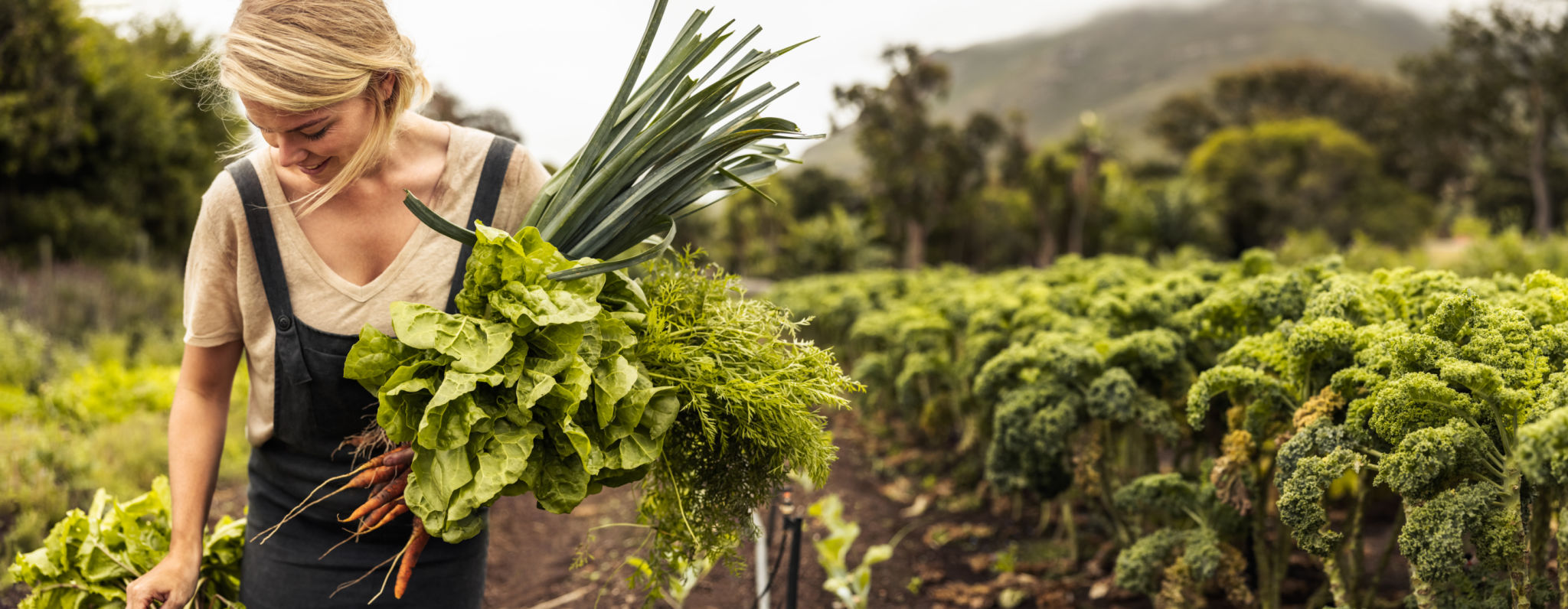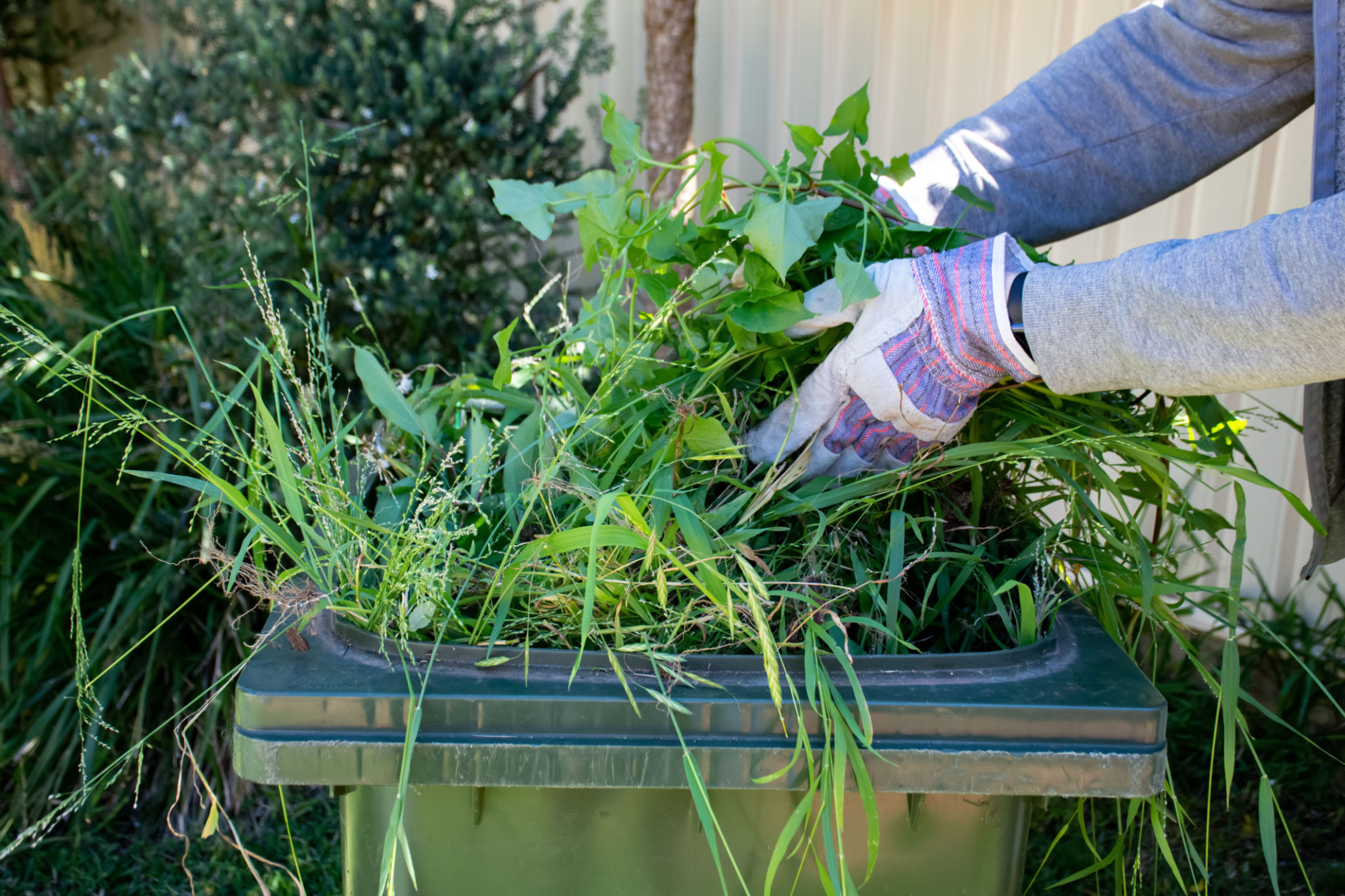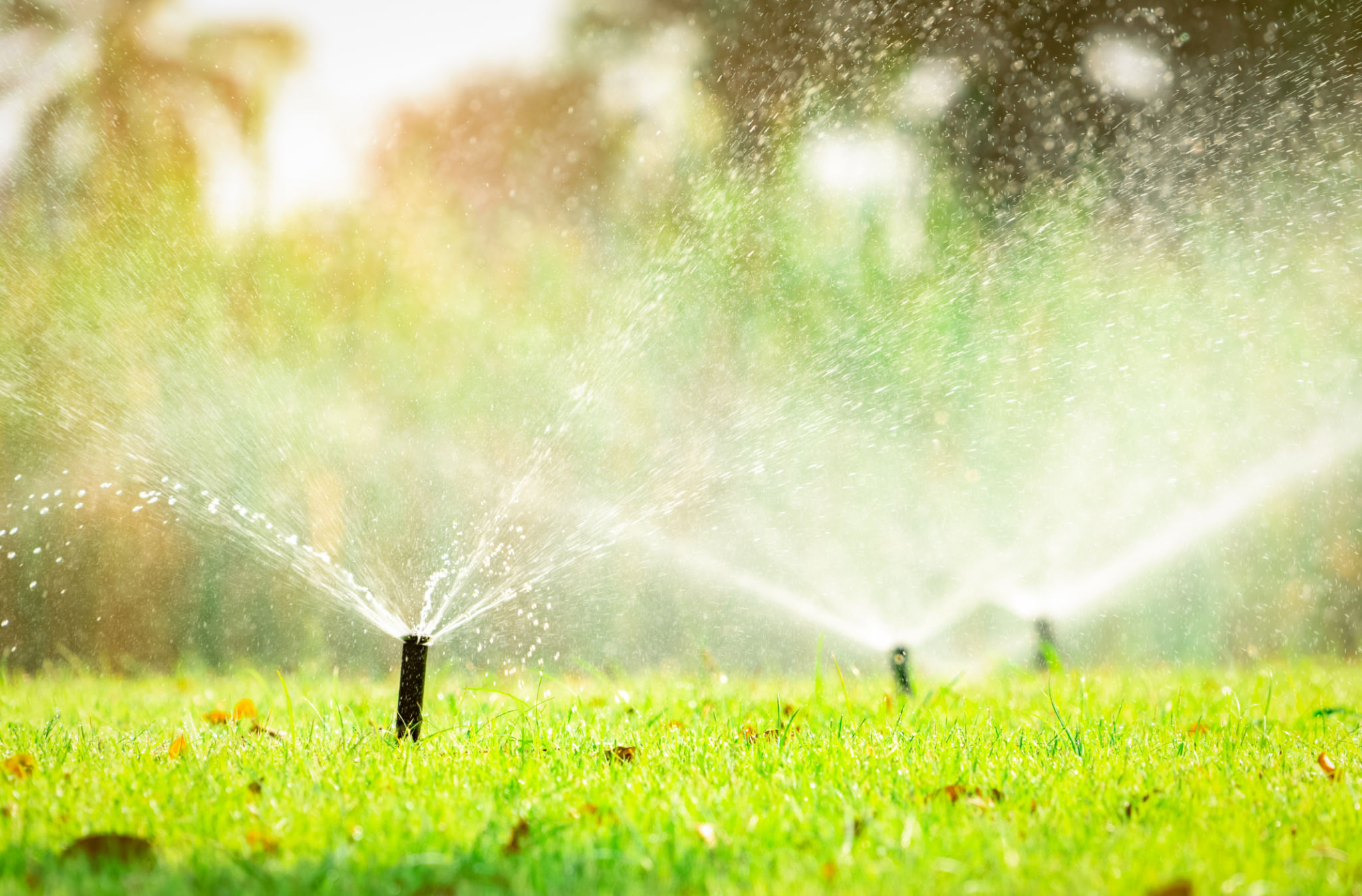Understanding the Impact of Sustainable Landscaping on Property Value
Introduction to Sustainable Landscaping
Sustainable landscaping is becoming increasingly popular as environmental awareness grows. This approach to landscaping emphasizes the use of eco-friendly practices and materials to create beautiful, functional outdoor spaces that benefit both the environment and the property owner. As more homeowners and businesses embrace sustainability, understanding its impact on property value becomes essential.

The Environmental Benefits of Sustainable Landscaping
Sustainable landscaping offers numerous environmental benefits. By incorporating native plants and reducing water usage through efficient irrigation systems, these landscapes require less maintenance and resources. This not only helps conserve natural resources but also supports local ecosystems, promoting biodiversity and reducing pollution from fertilizers and pesticides.
Moreover, sustainable landscaping practices such as composting and the use of organic materials can improve soil health, leading to healthier plant growth. This contributes to a more resilient landscape capable of withstanding environmental stresses such as droughts and extreme weather conditions.
Reducing Carbon Footprint
Another significant advantage of sustainable landscaping is its ability to reduce carbon footprints. By minimizing lawn areas and incorporating more trees and shrubs, properties can increase carbon sequestration. This process helps remove carbon dioxide from the atmosphere, contributing to the fight against climate change.

Economic Advantages of Sustainable Landscaping
Beyond environmental benefits, sustainable landscaping can also positively impact property value. Properties with well-maintained, sustainable landscapes tend to be more attractive to potential buyers, who are increasingly looking for eco-friendly features. This appeal can lead to faster sales and potentially higher selling prices.
Additionally, sustainable landscapes often require less water and maintenance, resulting in lower utility bills and reduced maintenance costs for property owners. These cost savings can be a significant selling point for prospective buyers, further enhancing property value.
Tax Incentives and Rebates
In many regions, government programs offer tax incentives and rebates for implementing sustainable landscaping practices. These financial benefits can offset initial investment costs, making sustainable landscaping an even more appealing option for property owners looking to enhance their property's value while contributing to environmental sustainability.

Aesthetic Appeal and Market Trends
The aesthetic appeal of sustainable landscaping cannot be overlooked. With a focus on natural beauty and harmony with the environment, these landscapes often feature vibrant plantings that change with the seasons, providing year-round interest. This enhanced curb appeal can make properties stand out in competitive real estate markets.
Market trends indicate a growing demand for properties with sustainable features. Buyers are increasingly informed about environmental issues and are looking for homes that align with their values. This shift in consumer preference means that properties with sustainable landscapes are likely to see an increase in demand.
Long-term Investment
Investing in sustainable landscaping is not just a trend—it's a long-term investment. As environmental regulations become stricter and resources more scarce, properties that have already adopted sustainable practices will be better positioned to meet future challenges. This foresight can protect property value over time, ensuring that investment in sustainable landscaping pays off in the long run.
